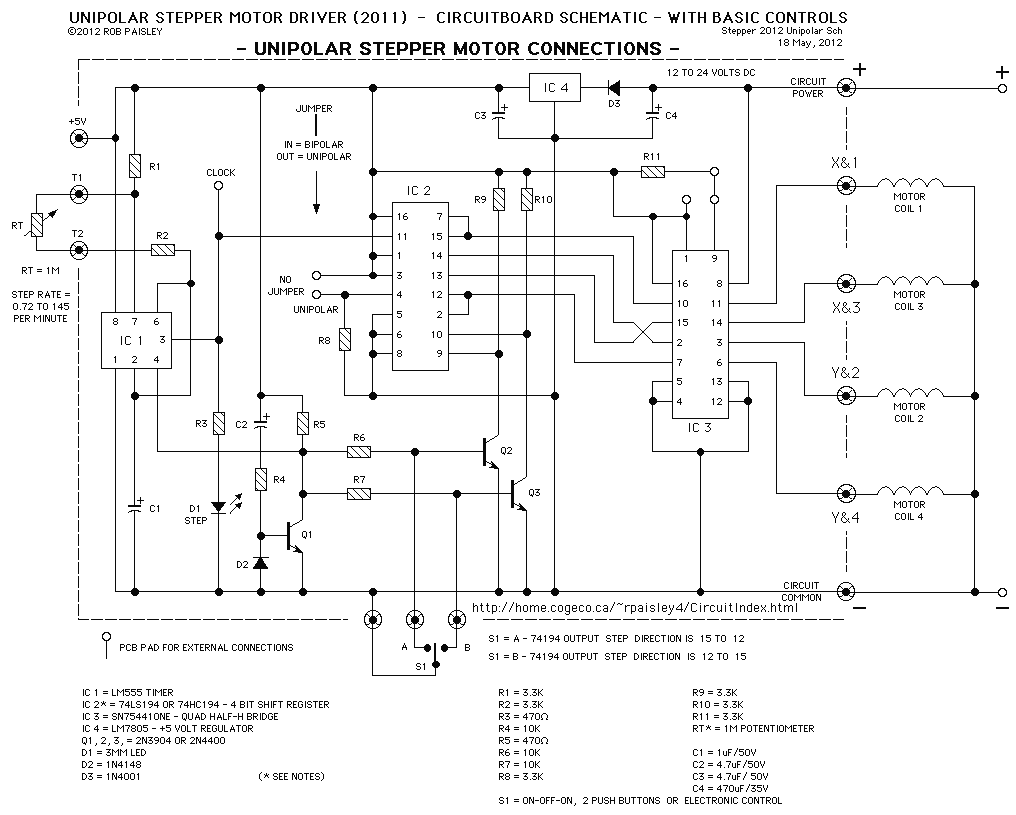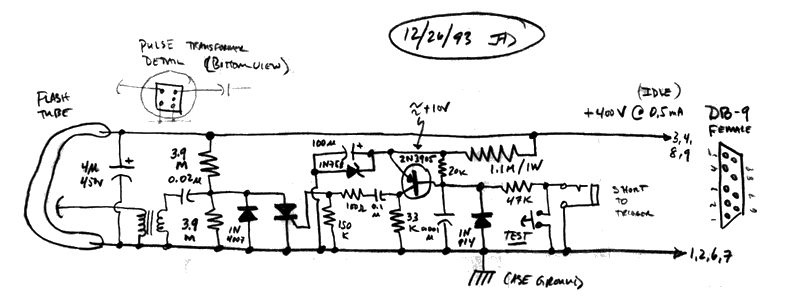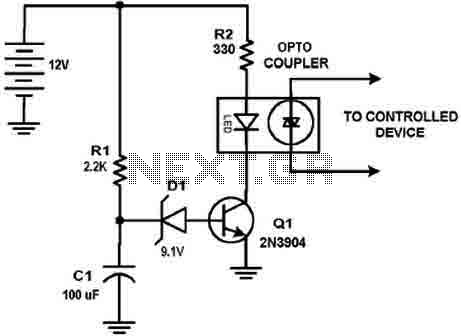
Fully Automatic Emergency Light circuit

The circuit consists of inverter and charger sections. The inverter section utilizes the NE555 timer, while the charger section is based on the LM317 adjustable regulator. In the inverter section, the NE555 is configured as an astable multivibrator, generating a 15kHz square wave. Output pin 3 of the NE555 is linked to a Darlington pair formed by the transistors SL100 (T1) and 2N3055 (T2) through resistor R4.
The inverter section of this circuit is designed to convert a DC input voltage into an AC output voltage. The NE555 timer, functioning as an astable multivibrator, continuously oscillates to produce a square wave signal at a frequency of 15 kHz. This square wave is crucial for driving the subsequent power amplification stage. The output from pin 3 of the NE555 is a square wave that toggles between high and low states, which is then amplified by the Darlington pair consisting of transistors SL100 and 2N3055. The Darlington configuration allows for high current gain, making it suitable for applications requiring substantial output power. The resistor R4 serves to limit the base current to the transistors, ensuring stable operation and preventing damage due to excessive current.
The charger section of the circuit is responsible for regulating the voltage supplied to a connected battery or load. The LM317 adjustable voltage regulator is employed for this purpose, allowing for precise control over the output voltage. The LM317 can provide a variable output voltage, typically ranging from 1.25V to 37V, depending on the external resistors used in the configuration. This flexibility makes the circuit suitable for various charging applications, accommodating different battery types and voltages.
Overall, this circuit effectively combines the inverter and charger functionalities, making it a versatile solution for powering AC loads while simultaneously providing a regulated DC charging capability. The design emphasizes efficiency and reliability, suitable for use in various electronic applications.The circuit can be divided into inverter and charger sections. The inverter section is built around timer NE555, while the charger section is built around 3-terminal adjustable regulator LM317. In the inverter section, NE555 is wired as an astable multivibrator that produces a 15kHz squarewave.
Output pin 3 of IC 555 is connected to the Darlington pair formed by transistors SL100 (T1) and 2N3055 (T2) via resistor R4.. 🔗 External reference
The inverter section of this circuit is designed to convert a DC input voltage into an AC output voltage. The NE555 timer, functioning as an astable multivibrator, continuously oscillates to produce a square wave signal at a frequency of 15 kHz. This square wave is crucial for driving the subsequent power amplification stage. The output from pin 3 of the NE555 is a square wave that toggles between high and low states, which is then amplified by the Darlington pair consisting of transistors SL100 and 2N3055. The Darlington configuration allows for high current gain, making it suitable for applications requiring substantial output power. The resistor R4 serves to limit the base current to the transistors, ensuring stable operation and preventing damage due to excessive current.
The charger section of the circuit is responsible for regulating the voltage supplied to a connected battery or load. The LM317 adjustable voltage regulator is employed for this purpose, allowing for precise control over the output voltage. The LM317 can provide a variable output voltage, typically ranging from 1.25V to 37V, depending on the external resistors used in the configuration. This flexibility makes the circuit suitable for various charging applications, accommodating different battery types and voltages.
Overall, this circuit effectively combines the inverter and charger functionalities, making it a versatile solution for powering AC loads while simultaneously providing a regulated DC charging capability. The design emphasizes efficiency and reliability, suitable for use in various electronic applications.The circuit can be divided into inverter and charger sections. The inverter section is built around timer NE555, while the charger section is built around 3-terminal adjustable regulator LM317. In the inverter section, NE555 is wired as an astable multivibrator that produces a 15kHz squarewave.
Output pin 3 of IC 555 is connected to the Darlington pair formed by transistors SL100 (T1) and 2N3055 (T2) via resistor R4.. 🔗 External reference





